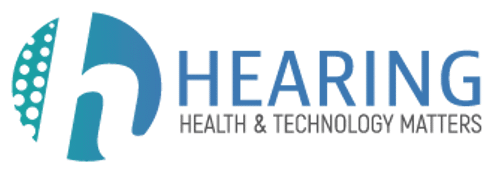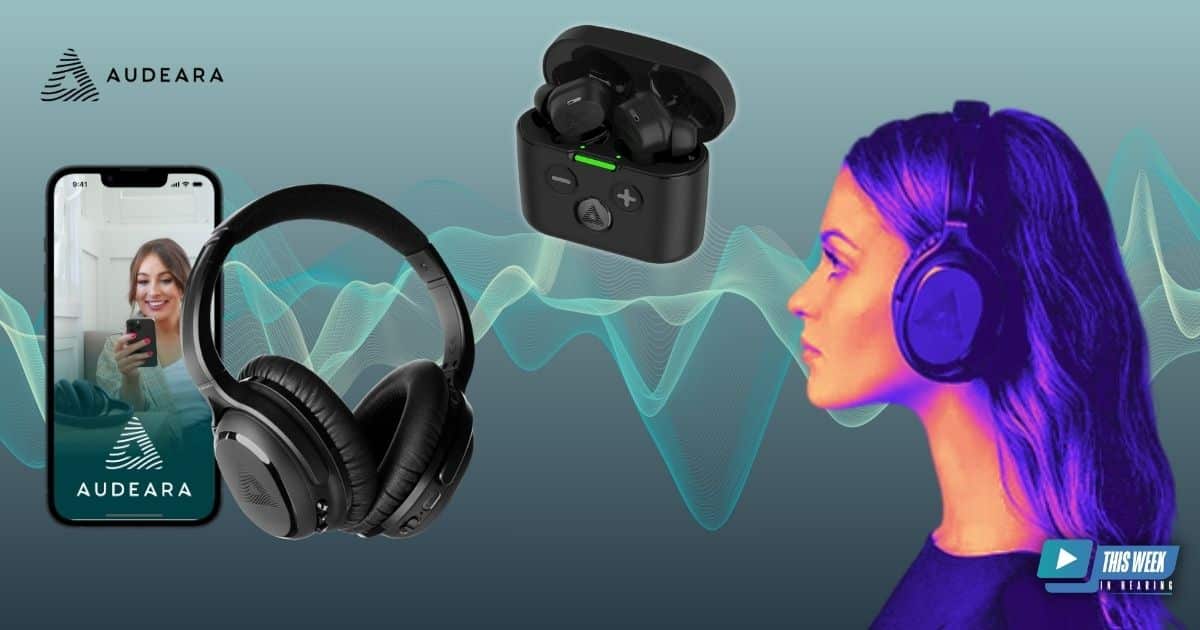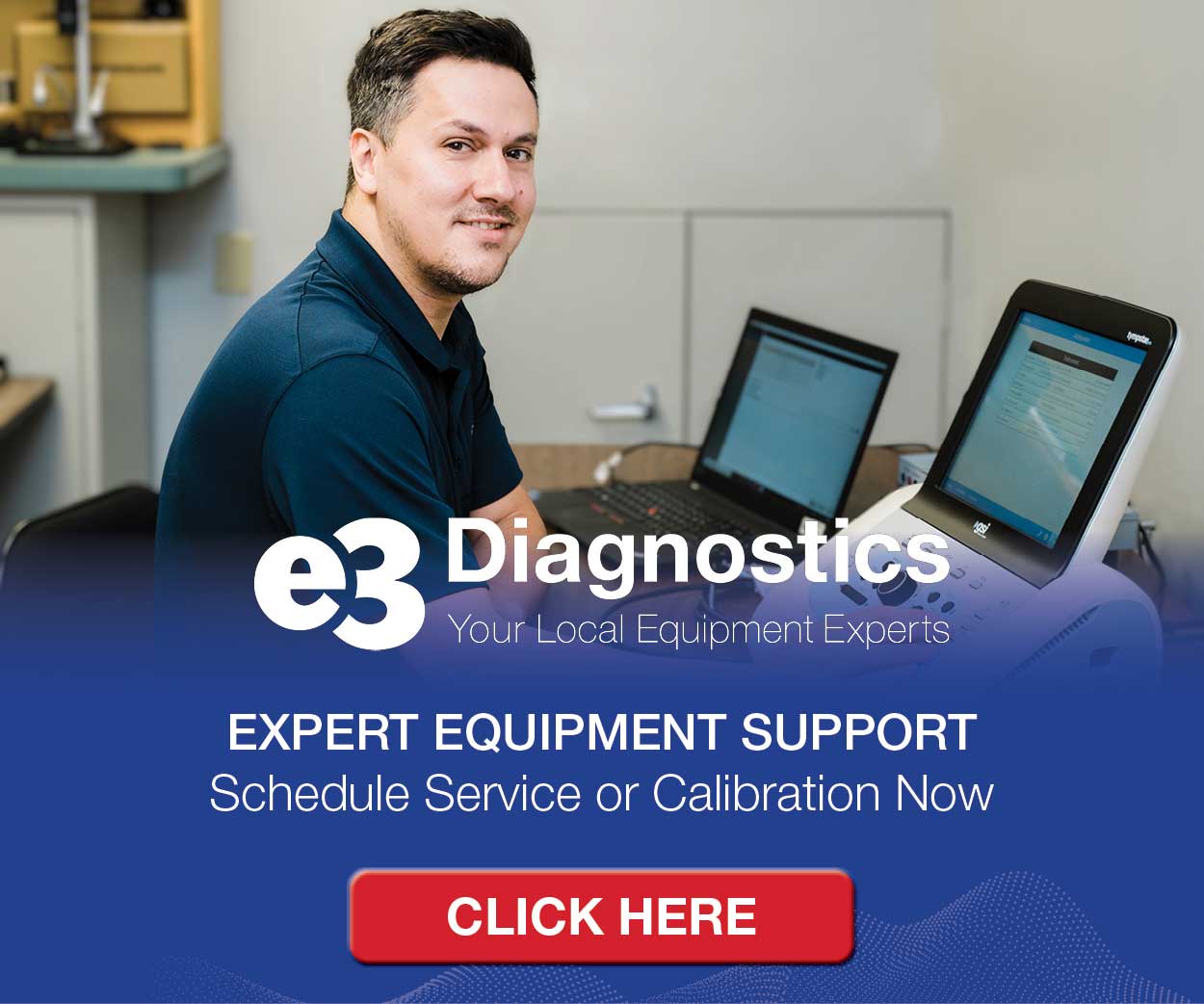How will personalized audio solutions shape the future of hearing health? Dr. James Fielding, CEO of Audeara, discusses how integrating personalized sound is transforming both hearing care and consumer audio. In this conversation, Fielding takes us through Audeara’s journey, from its early days of custom audio devices to its expansion into hearing aid solutions.
Audeara’s innovative approach is reshaping the way people experience sound, offering tailored audio experiences that meet individual needs. Fielding highlights key products like Audeara Buds and shares how the company is forming strategic partnerships with leading audiology brands.
As the industry embraces more integrated solutions, Fielding explores the role of emerging technologies such as Auracast and their potential impact on hearing healthcare. He also offers a look at Audeara’s vision for the future and how their advancements are shaping the next generation of hearing and sound technology.
Full Episode Transcript
My first port of call on my Australian journey was to visit Audeara and speak with James Fielding, CEO. Come on in and let’s learn everything that they’re doing today. It’s pretty exciting. Hello everyone and welcome to This Week in Hearing. It’s my pleasure to visit Audeara for the very first time after having known the folks here forever and watching them from the very first days. In fact, I still have my Gen 1 Audeara headset. I really like it a lot. So thanks for having me today. Please tell everybody a little bit about yourself and a bit of your history leading up to the foundation of Audeara. Sure. So we started Audeara about 10 years ago and prior to that I was working in the local hospital here. I’m a medical doctor by trade and coming out of university, I couldn’t pick between business and medicine, so I ended up doing both, got myself a few degrees, went across and worked in New York for a while in financial industry and the PR industry, then came back, got into medical school, and then was lucky enough to get a scholarship to do some MBA courses to teach us to think a bit more broadly when it comes to medicine and the implementation of health solutions. And so when we had the opportunity to start solving those problems, we kicked off with Audeara. Very nice, very nice. And you’ve been going from strength to strength lately. Thank you, that’s very kind. So lead us into the development of Audeara up until the present time, then I want to explore a little bit more to the things you’ve been doing lately. So when we first kicked off, the goal was a set of headphones that you could do a hearing test with. It was very much about increasing access to your hearing health information for the purpose of audiology and ENT. That was the original premise, but then we realized that people don’t really know what an audiogram is or what it means. And we wanted to get people to understand why their hearing was important and the impacts of having sound that was optimized for their needs. So we translated what was intended to be a medical device into an entertainment and consumer device, which was a set of Bluetooth over the ear noise cancelling headphones, those ones that you love, that I love as well and use as often as I can. I use them to work out this morning actually, and you put them on, you do a quick hearing check, we show you a nice result that shows you how you compare to everyone else and what you should be thinking about with your hearing. And then we use that to tailor the sound so it was perfect for your individual hearing profile. That was 10 years ago. From there we got the government contract into Hearing Australia Hearing here in Australia. And that really was a confidence booster to then get our supply of our headphones into all of the other audiology clinics around the country. And as you well know, the audiology industry is pretty tight. So there’s four or five big players. Building a great relationship with those big players. Then gave us the access to the international markets in the audiology space. From that we transitioned into a technology licensing division as well. And we were proud to launch the Avita Zildjian headphone technology last year and Cliniko branded earbuds alongside our own earbuds this year and are currently working on hearing aid technology solutions for the Chinese hearing aid market. So it’s been a pretty big 10 years and we’re available in 10 countries around the world, but still call Australia home. The interesting thing about the headphone, not only was it very, very early on in personalizing sound, but you also had an audiological grade version of that. Yeah, big sound. So that it wasn’t just consumer grade where, you know, up to a certain level of hearing changes, it would accommodate that you were actually able, with my hearing loss, which goes down into minus 70s in one spot, that you could actually compensate for that properly and provide a good music experience. And that was 10 years ago. That was really pretty amazing. Yeah. And the team had to work very hard to build our own Digital Signal Processing DSPs. We had to strip that out. And then from a regulatory point of view, we had to be very clear that this was an entertainment solution that was based on your individual hearing profile, whatever that may be. And then the range of what that meant was really in the hands of the consumer. So we were going everywhere from parents wanting to protect their children’s hearing and make sure that they had a nice tool to keep track of all the way through to people with implants like a cochlear implant able to tailor over the top of their cochlear implant. Because from our point of view, it was no matter what your hearing is like, we want you to have a world class entertainment experience. And that meant that we could really push it, we could really drive by staying niche focused. And in the entertainment sphere, we didn’t have any of the regulatory burdens because we weren’t saying if you are deaf, if you have this hearing loss, this is your solution. That’s not what we were about. It was whatever your individual circumstance is, we want you to have the best possible solution and that catered for the full range of what that would mean to different people. And of course in a headset, it was purely a listening experience. You were personalizing the listening, which I’ve always appreciated as a gateway for people to learn about their hearing. But now you’ve gone on beyond that. You’ve got the Audeara buds that you released a few months ago. Tell me about those. Yeah. So as you rightly said, living in the entertainment sphere and living in the headphone space, it was very clear that we weren’t competing with the hearing aid space, we weren’t competing with in ear options. And that meant that the clinic adoption rate was really strong because people, as you said, saw it as a really great introduction, a really great use case. And for a lot of people it was TV listening. That’s where we really found our area in the space. A lot of people with hearing loss really struggle with the TV but it was a TV entertainment solution. And then we were approached by the CEO of Clinico Inc, the largest audiology provider in Taiwan, and he came on board, actually invested in the company and wanted us to progress a device that would act like an AirPod but work like a hearing aid for his different markets. And so we embarked on that journey to see if we could translate our audio personalization that was designed for entertainment and add surrounding sound so you get sound at enhancement. And that was a journey over the last few years. And it seems like a perfect storm at the moment as all the different solutions come out, Auracast comes out and AirPods come out and it’s all happening. But obviously it takes years to bring these products to market. And the day we announced that we wanted to embark on hearing aid solutions for China was the day Apple announced they were going to be putting their hearing solutions into AirPods same day. And you know, I promise we weren’t cheating. We didn’t know in advance, but it’s very much the way the market has progressed. And I think the industry as a whole is much more willing to explore necessarily non medical device solutions as a great outcome for a patient in their clinic. Knowing that starting any journey going from zero to one is far better than waiting and waiting and waiting and then choosing the perfect solution 10 years down the road. So we think that it’s a really great contribution into the space. But most importantly, it was driven by our customers and the adoption was driven by our customers. We are building solutions for audiologists as much as their end users, because everything we learned from building headphones meant that our Audeara buds are actually well targeted for the industry as a whole. So when you say your customers, you’re referring to the audiologist. Yeah. And so you’ve got, with feedback from the audiologist, they’re finding that their patients want to have this music personalization, but you’re also doing personalization of the external sounds. And so you’ve taken a different path than Apple because you’re not, it’s not a regulated hearing aid, whereas Apple has chosen to get regulatory approvals and call it a hearing aid. Yes, we think that as a personal sound amplifier we’re able to offer the end consumer a lot of the benefits that you would be getting, especially in comparison to some of the over the counter offers. When you’re looking at the way in which we do the sound enhancement, again it’s based on that principle of we want to offer you an enhanced experience regardless of what your hearing is and we amplify it for situational use. And that was feedback from clinicians. And now we’re able to adapt it into different markets with really specialist use cases. So there’ll be hearing aids solutions into different markets globally. But we also have our PSAP, which is essentially an extension of our headphone technology. Okay, so what I heard you say, I think is that really even people with quote unquote, normal hearing, if they have a hard time understanding speech in a restaurant. Yeah, right. That you’ve got noise reduction features for them as well. So it’s not strictly a hearing loss, it’s solution, it’s a situational hearing improvement solution. Absolutely. And you know, I’m sure we’ll transition to Auracast in a minute. And it’s that idea that hearing well and being able to listen well is not a hearing loss solution. Everyone should be able to hear well so they can listen well. And that includes people with normal hearing, which we all know nobody has. But normal hearing seems to be. We can’t justify selling you a hearing aid tends to be anyone under that threshold is considered normal. But that doesn’t mean they don’t struggle in different situations. And people should have the chance to optimize their listening as best they’re able. Well, and if you fly an hour south of here or so, you’ll find Brent Edwards with his famous report that showed how just in the United States There are about 25 million people who measure normal on an audiogram but have difficulty understanding people principally in noise. And Dr. Beck had the same thing. I think his was 26 million so if you take the US population, roughly 5% of the global population, and bang that against 25 million people, you end up with something, what, 500 million people who have normal hearing, audiologically speaking, in a pure tone test, and yet have difficulty hearing in different situations. And so you’re meeting that need. But I thought I also heard you say in China you would have a hearing aid. Yes. So different customers of ours have approached us to adapt our technology and then go through a regulatory process. So our manufacturing partner in Eastec has asked us to develop technology alongside them for them to enter a regulatory process to bring those technologies into the marketplace in an introductory price appropriate way. Which is very exciting because China is very much known as a place that can generate high volume, low cost devices. But from a technology point of view, there’s often a gap there. And you know that if it’s cheap and cheerful, that’s fine, but it may not perform particularly well. So we’re trying to add a really high caliber of technological expertise, but also maintain an appropriate cost base. In what countries is the buds available now and what are your expansion plans? So Australia is the cornerstone. We like to test here, iron out all the bugs here, but from a regulatory point of view, they’re available Australia, US and Europe. So we have the CE marks, we have the FCCs, we have the Australian market, and we can technically expand into other global markets if we need. But in terms of ready availability, we’ve started here, we launched here. We want to win at home first and then the customers will drag us into those additional markets. Okay, and you mentioned Auracast, so it’s worth mentioning that these buds are Auracast capable, that you can tune Auracast with them today. And it’s, you know, Auracast, as this is the year Auracast is really gathering steam it won’t be very long before we see just how much that proves to be true with new Auracast deployments. Tell me how you led to deciding that this should be Auracast capable and why you chose to build the whole infrastructure around Auracast transmitters still. Yeah, a few years ago we had started to see Auracast build up from our relationship with Bluetooth SIG, but also through Qualcomm, who we’re using in our previous product lines. And there was a lot of talk about when this new hearing Accessibility play would come online. And then as we were exploring new options for the buds, we really wanted to be on the front foot when it came to accessibility and our vision. As I was saying previously is that accessibility doesn’t mean for those suffering hearing loss Accessibility means people who want a better audio experience in a range of different environments. And we knew that from the receiver side it was only half the equation. Similar to when Uber was trying to take over the world. You needed drivers and you need passengers. We see the same thing in Auracast where you need receivers so you need people actually having it to listen to, but you need venues to be transmitting it. And in the same way, we’re using a really high quality Australian product in Rode microphones now to capture our audio. We saw that if you can have Auracast transmitting, you’re going to be creating better access. And a lot of that actually came from the teachers. So we have special needs teachers, divisions who go around and help children, not necessarily with a hearing loss, but maybe speech perception. And so they were coming to us saying, we’re getting frustrated with this microphone and this microphone and then this kid needs us to wear this microphone and it’s just getting all too complicated. And we said, well, I think we’ve got a technology that can help with that. And we really started looking at it over the past few years to be focused on, well, there’s no point having an Auracast earbud if you don’t have an Auracast microphone. And so we started that journey and we got to the point where when we launched our Audeara buds, we also launched our Auracast transmitter and receiver. So it can act as a transmitter for microphones and it can act as a receiver to plug in standard headphones. Now you have Auracast enabled devices no matter what you’re looking at. And in fact I had the pleasure of using your little lapel mic transmitter as part of my live demo at the Australian College of Audiology last May up in Cairns. Yeah, and the beautiful part about that was, of course we had arranged using the devices, but from a venue point of view, I did that on the morning. And so originally you were going to wear the lapel, but then I was able to talk to the AV team and plug in for the mains output instantly. Now you’ve already cast the venue and I think when people look at Pro AV Solutions, they see it as this large install, it’s very complicated, that requires a lot of people and all it took was me walking in, plugging in the transmitter to an audio out and we were done. We had Auracast the venue. And so that was very empowering as well, I think, to have someone like yourself who was saying, I want to be promoting this, I want to be showing how easy this is to then actually show how easy it was because a lot of people talk about it, but there aren’t that many people who actually plug the thing in and just say, it’s on if you want to listen to it. And so that was a great way to kickstart things. And it really gave us a lot of confidence that people wanted it. And of course, now we’re really talking about assistive listening applications. But then people are waiting for the mass market applications, like sports bars, for example. But you got that one covered. Yeah, I think the cornerstone of the whole thing was keeping it very simple. Because as you and I have been talking about for the last year or so, if you try and ask people to plug stuff in, they’re going to look at it and say, oh, I’ll contact my AV team. People saying, no, no, you just plug it in. And now it’s on. That type of solution breaks down all of those barriers and it’s about having a better time. It’s not necessarily about, well, how many people with hearing aids come into my venue and do they currently wear. That’s a conversation that’s very important, but it’s a part of an overall, how can I give people the best possible experience? And that led to us doing a university takeover here at the University of Queensland. So our transmitters are in all the major lecture theatres. We have lapel microphones. We did that with the incredible Professor Barbara Timmer last week for World Hearing Day. And it showed how easy it was for large organizations to get on board if they’re willing to put a bit of faith in how simple it is. Are you going to do more publicity around the university install? I don’t think it’s very well known right now. Yeah, I think we’ll start picking it up, but I want to have the whole place lined up and ready to go. So we did some fun ones around World Hearing Day and that was cool. But I think as we start to build it out and have the whole system set up, we’ll be doing a lot more press. You know, large organizations like to wait until things are done properly, as we know from 10 years in the game, that, yes, I think there’s going to be a lot more opportunity. We have inbounds coming in following that event. You know, in the Australian market here, people are coming saying, hey, can I please get 50 transmitters? I want to put them in this school or this university or this church. And it’s really starting to build up steam. So what you’re really telling me is in Australia, it’s rolling now. Yeah, it’s happening. It’s been happening for a while now and it’s continuing to grow. I think the difference is the caliber of devices is increasing, the amount of receivers is increasing, and just the awareness is increasing. Well, and we had that discussion around who had the world’s first sports bar. Right. I still claim Andy’s sports bar is number one. But and I mentioned it in my recent article in Hearing Matters Australia. The Normanby Hotel. Yeah, Right. Which, thank you for taking me to lunch there and actually seeing it. Right. Permanent installation with a couple of Auracast channels running. Yeah. How’s that been and how many people have tried it and what kind of feedback are you getting? We get really great feedback when we go and check in and talk to the owners about it and they’re looking at how we can do the more formal install and some of their hard to reach ones and getting more, you know, complex setups because they run a very sophisticated entertainment system. So we started with the easy ones and they’re looking forward to us finishing the job because they see the value add for people in all parts of their venues. So, yeah, it seems to be going really well and we’re really excited about it. Well, then you had mentioned, you know, how you, you had made the announcement of the buds the same time as Apple, and of course everybody knew it was coming in some form with Apple because they’ve been experimenting with it for a couple of years. But it also seems like a moment in time where acceptability of wearing earbuds is gonna go up. Do you agree with that? I do. And having trialed our buds for at least 12 months ahead of launch, there was always that feedback of if you’re wearing earbuds in your ears, people will think you’re rude and they won’t talk to you. And I found 100% of the time, if I walk up to somebody, make good eye contact and engage in a conversation, they couldn’t care less. It’s very different to walking up, staring at the ground, having headphones on and not responding. But if somebody talks to you and you answer very clearly and engage them in a positive conversation, nobody batted an eyelid. Well, that was the part I always wondered. If I was sitting alone, for example, in a coffee shop, and you walked in and saw me, you know, head down, reading or something, and earbuds in, would you approach me if I. Wanted to talk to you? Absolutely. I think the notion of if you weren’t wearing earbuds and you were Sitting by yourself, reading a book in the corner with your eyes down, obviously not engaging with anyone, I would probably not bother you, but I think having earbuds in your ear, if I walked up and tried to talk to you and you couldn’t hear me, I would think that it was because your music was drowning me out. But if I wanted to talk to you, I would talk to you regardless of whether you were wearing earbuds or not. Okay. I think there are so many other social cues going on. You know, if you get on the bus and there are people sitting around looking and chatting, they’re obviously in a chatty mood. If you get on the bus and they’re up against the window, eyes down in a book, buds or no buds, you’re probably not going to bother that person. Are you going to approach them gently and maybe tap them on the shoulder? If they’re looking at you, you’ll talk to them. But if they’re not, you want. Yeah. So you see that kind of reverse stigma almost of wearing earbuds means, you know, don’t talk to me. You see that breaking down? Yeah, big time. And having lived it as I walk around and showcase the buds all the time and I use them and my friends like, what the hell are you doing? Where can I get a pair of those? When we go to lunches and you’re in busy restaurants, it’s really loud and they’re screaming over the top of each other, and I’m not. And the biggest frustration they have is that I don’t feel the need to yell to talk to them in these venues because I can hear them perfectly well. And so we are transitioning to a point where people are so used to it, and we talked about that at the university. When you’re out there and you’re looking around, or if you go into the city and you sit, you kind of. People watch as people go past. You stop counting the people that have buds or headphones and you start counting the people that don’t, because the majority of people have something in their ears at all times. I mean, traveling here, you see it at airports. Almost 100% of people have got buds. A lot of people rock their headphones when they’re on a plane because I see that as sort of a justification. They get really good noise cancelling. Super comfy to wear for the long haul. Phones. But those are isolating devices. Yeah. And so you’re looking at it. So a person in headphones, I think there’s still that gap because it’s not very common for headphones to have good speech enhancement. But from a buds point of view, people are making phone calls. They’re in, they’re out, they’re doing whatever they might be on, they might not. I mean, from seeing kids walking down the street, both of them wearing earbuds, happily chatting to each other, and both of them have ear. But you see that so often now that I just really think there will still be parts of society that will look at it and say, please take those out if you want to talk to me, but not if you’re actively talking. You know, if you’re screaming at somebody and they’re not responding, then, yeah, you’d want them to take them out so that you stop having to yell. You imply this is also a generational thing. Right. In other words, as people. And I’ll use myself as an example. As a person like me who grew up with something in their ears or on their ears for their whole life, come into this need, they’re gonna have a wholly different thought process going on than people older than I. Yeah. And I think people also. We have different use cases of our technology, you know, using them as receivers and microphones and all of that. People in different environments are also much more willing to embrace different solutions. And so you may use it at home much more freely than you’d use it out of the home, for example, but that will start to break down. And so what does the future bring for Audeara? Well, where are you going from here with all this having. Having accomplished all this? Well, the biggest shift, I think, is on the technology side. I think as the core tech starts to get put into solutions for much larger brands, we’ll start to see a wider spread of the tech, which is super exciting. And from our efforts at CES at the start of the year, we have a pretty strong deal flow on that point of view. And really, we want to get to a point where every single person using an audio device has it tailored and personalized to their needs. Tell me about the optical shops. Yeah, it’s exciting, isn’t it? As people walk in and they’re already thinking about their eyes, they’re able to think about their ears, too. And it’s such a natural progression. From our earliest videos in 2017, we’re saying, you wouldn’t wear glasses that weren’t tailored to your vision. Why would you use headphones that weren’t tailored to your hearing? That is such a great segue for people to say, oh hearing. Yeah, it makes sense. If I Do this. I can’t see anything. I put it on. I can. Maybe my ears are the same. Well, of course. I mean, that’s been done for a long time. I’ll use Specsavers as an example. For example, who’s, you know, will. Will fit audiological grade hearing aids in the optical shop. But. But you did something specific here in Australia. You’ve got a deal with. Yeah. With George Matilda. And we have our stuff. We have our headphones in Specsavers, which is great. And that’s an Australian opportunity, but it’s looking at it and saying, how can we use earbuds as a really smooth transition for people with glasses? Because when you offer hearing aids to a person, regardless of the situation, there’s gonna be a lot of thinking there. Okay. And it’s a medical device. What does that mean? But if you’re offering a really cool enhanced listening experience that you just take with you and then use at home and set up, we think it’s going to be really successful. Well, congratulations on that deal. Very recently. Like a week or two ago, correct? Yeah, yeah. We added them in George Matilda, super fun. And so lots more to come. And we saw that with Nuance and Luxottica and the big deal they’re making about that at CES. I think this merger of eyes and ears is really going to drive things forward, but it should be in everything. I think everybody should be having these optimized listening experiences. And the more people we can have in an Auracast environment and the more people we can have in a personalized listening environment, it’s just going to break down so many barriers. Well, I love the focus you had all this time and how you’re actually going to market with it, with the idea of helping people hear better in different circumstances, no matter where they’re at in their hearing journey. I really appreciate that focus that you and Audeara have. Oh well, thank you. So thank you very much. It was great to talk with you and thanks for having me here today. Course. Glad to have you. Anytime. Thank you.
Be sure to subscribe to the TWIH YouTube channel for the latest episodes each week, and follow This Week in Hearing on LinkedIn and on X (formerly Twitter).
Prefer to listen on the go? Tune into the TWIH Podcast on your favorite podcast streaming service, including Apple, Spotify, Google and more.
About the Panel
 Dr. James Fielding is the CEO and co-founder of Audeara. With a background in biomedical science, entrepreneurship, and business management, he transitioned from clinical practice in 2016 to focus on developing Audeara. His vision was to create a medical device for hearing tests, which evolved into technology that enhances a user’s listening experience based on individual hearing profiles. Under his leadership, Audeara listed on the ASX in 2021. James is passionate about raising awareness of hearing health and helping people feel connected to the moments that bring them joy.
Dr. James Fielding is the CEO and co-founder of Audeara. With a background in biomedical science, entrepreneurship, and business management, he transitioned from clinical practice in 2016 to focus on developing Audeara. His vision was to create a medical device for hearing tests, which evolved into technology that enhances a user’s listening experience based on individual hearing profiles. Under his leadership, Audeara listed on the ASX in 2021. James is passionate about raising awareness of hearing health and helping people feel connected to the moments that bring them joy.
 Andrew Bellavia is the Founder of AuraFuturity. He has experience in international sales, marketing, product management, and general management. Audio has been both of abiding interest and a market he served professionally in these roles. Andrew has been deeply embedded in the hearables space since the beginning and is recognized as a thought leader in the convergence of hearables and hearing health. He has been a strong advocate for hearing care innovation and accessibility, work made more personal when he faced his own hearing loss and sought treatment All these skills and experiences are brought to bear at AuraFuturity, providing go-to-market, branding, and content services to the dynamic and growing hearables and hearing health spaces.
Andrew Bellavia is the Founder of AuraFuturity. He has experience in international sales, marketing, product management, and general management. Audio has been both of abiding interest and a market he served professionally in these roles. Andrew has been deeply embedded in the hearables space since the beginning and is recognized as a thought leader in the convergence of hearables and hearing health. He has been a strong advocate for hearing care innovation and accessibility, work made more personal when he faced his own hearing loss and sought treatment All these skills and experiences are brought to bear at AuraFuturity, providing go-to-market, branding, and content services to the dynamic and growing hearables and hearing health spaces.






